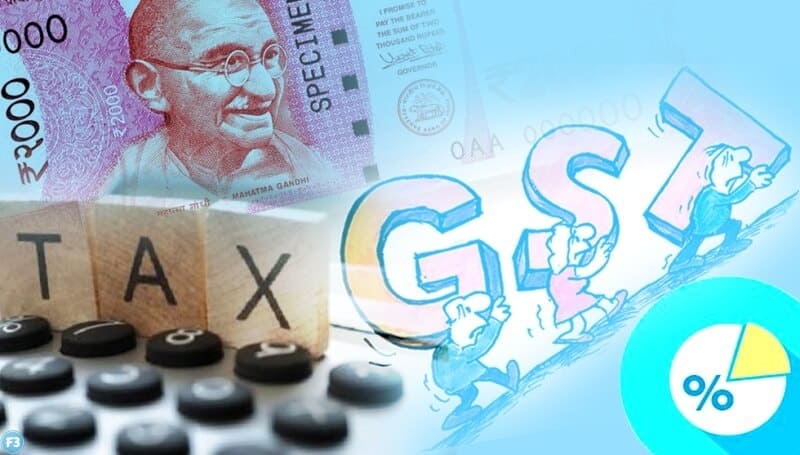How GST Goods and Services will impact the wallet of the common man
Since the passing of the GST Goods and Services Constitutional Bill by the Rajya Sabha in August last year, the country has been preparing itself for the new tax regime. The new GST Goods and Services law is India’s biggest tax reform initiative which is expected to improve compliance levels, increase government revenue, and create a common playing field for businesses by amalgamating a host of central and local taxes.
On the face of it, GST Goods and Services seems to be a mixed bag with some of the necessities becoming cheaper, while the others might get more expensive.
The seamless input tax credit across the value chain will eliminate a cascading effect. This is expected to result in a reduction of prices of products…
To begin with the basics, GST Goods and Services is a tax on goods and services, with a comprehensive and continuous chain of input credit set-off from the manufacturer to distributor to retailer till it reaches the end customer. It is essentially a tax only on the value addition at each stage. Through the input tax credit mechanism, a supplier at each stage is permitted to set-off the GST Goods and Services paid on the purchase of goods and services against the GST Goods and Services to be paid on the supply of goods and services.
GST Goods and Services
The seamless input tax credit across the value chain will eliminate a cascading effect. This is expected to result in a reduction of prices of products—as the adage goes, “A penny saved is a penny earned!”
On the face of it, GST Goods and Services seems to be a mixed bag with some of the necessities becoming cheaper, while the others might get more expensive. While in the long run, the Goods and Service Tax
Things that might get costlier
The present rate of service tax is 15 percent and is applicable to most of the services. Excluding essential ones like cultural activities, ambulance services, and certain pilgrimages and sports events. Under GST Goods and Services Tax, this rate would increase to 18 percent making the services more costly. For some goods like edible oil, textiles, etc. the excise duty is nil and the VAT in several states is 5 percent. Hence, the total cost of such goods is close to 8%-9%. With GST Goods and Services, the cost of such goods is likely to increase and this might put a hole in the budget of a common man.
Some of the things which could get costlier once GST Goods and Services come into play include:
Restaurant and hotel bills
Mobile bills and Internet packs
Transportation services, including railways, air travel, and cab services
Jewelry and precious metals
Luxury cars
Cigarettes and other tobacco-related products
Aerated drinks
Courier and DTH services
Some of the products which could get cheaper once GST Goods and Services come into play include:
Wood articles and Plyboards
Online Shopping
Fast moving consumer goods (FMCG) goods like processed foods, shampoos, chocolates, etc.
Pharma products
Branded apparel
Movie tickets
Paint, cement and several construction materials
Air coolers, fans, water heaters, TVs, and other electronic items
Solar panels, and fingerprint scanners
The Bottom Line
